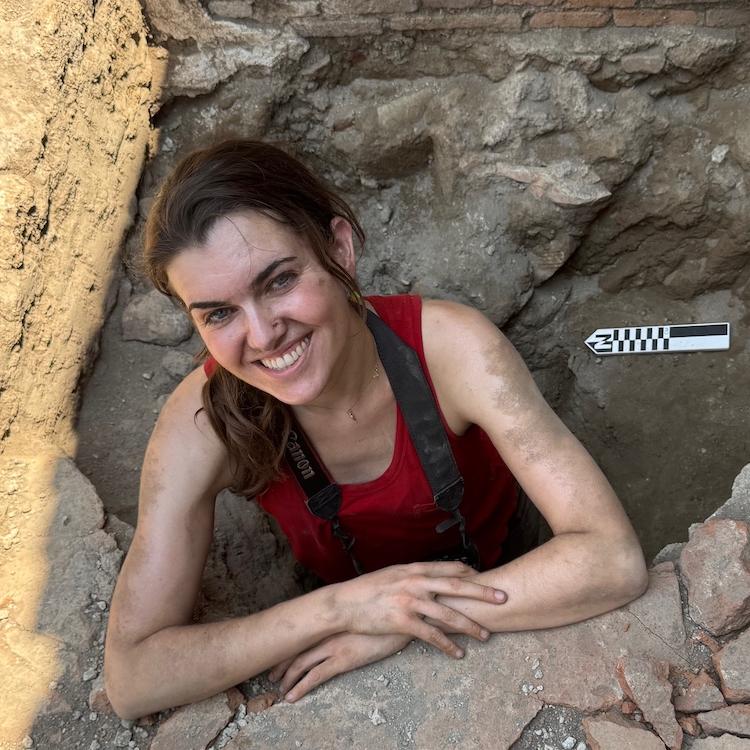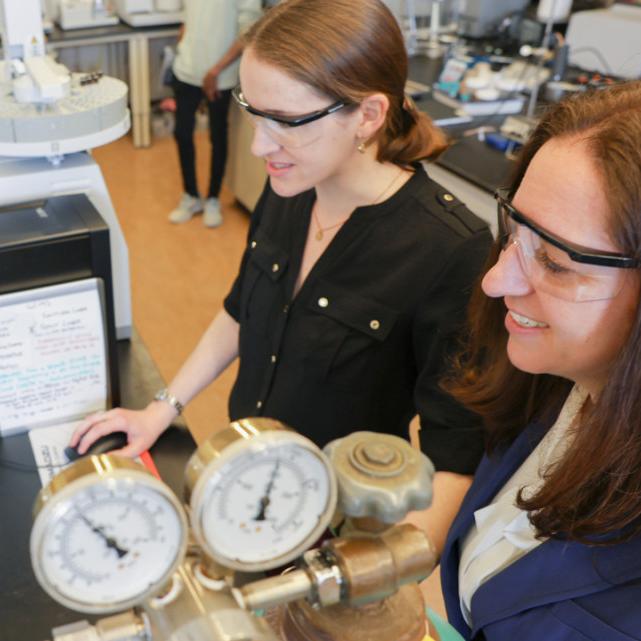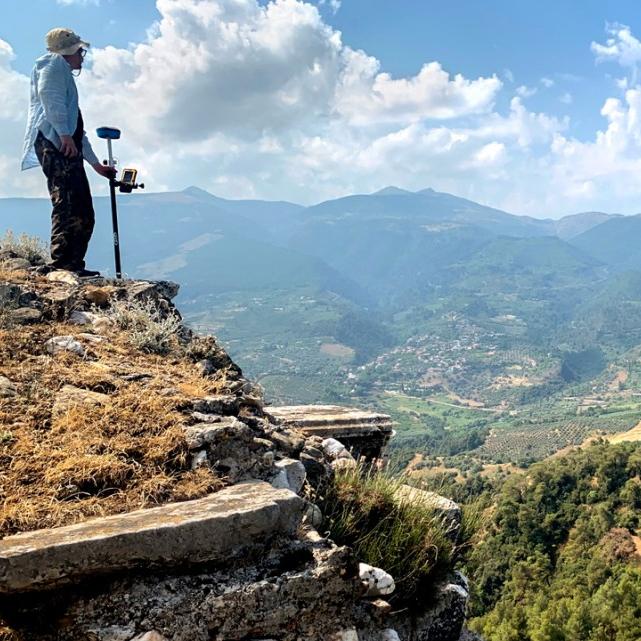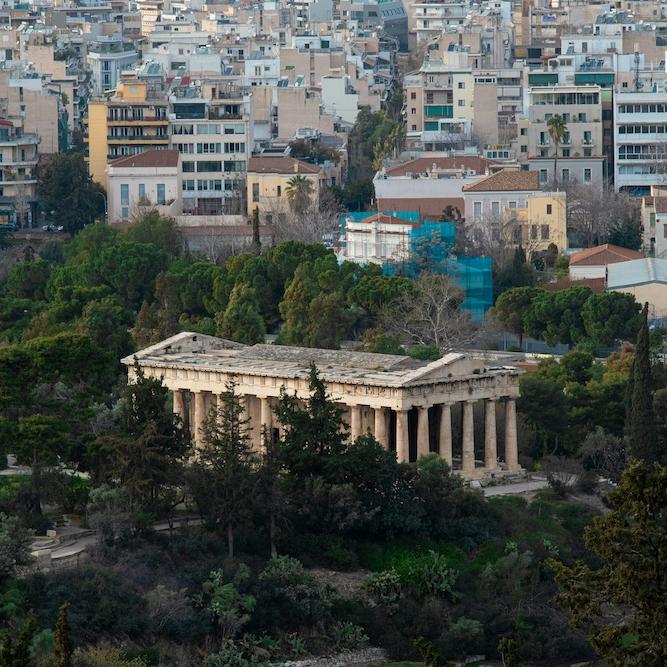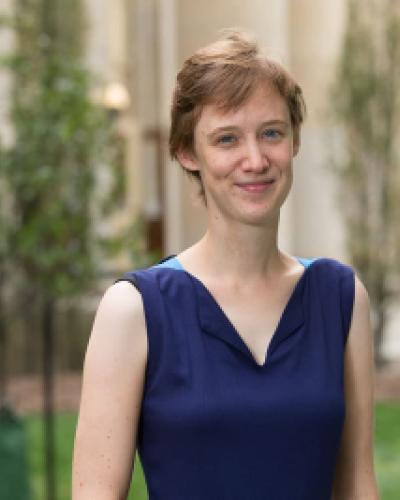For archeologist and Humanities Center fellow Astrid Van Oyen, objects have a story to tell.
Astrid Van Oyen is assistant professor in classical archaeology at Cornell University. Her focus has been on storage in the Roman empire, as a point of redefinition of objects and their social relations. She is the author of How Things Make History (2016).
Storage and “stuff” is certainly something we can all relate to. Why are you interested in how it shaped ancient Rome?
It’s something we rarely think about and then suddenly when you start thinking about it, you realize there’s a lot of deep historical truths it hides. When I first saw a self-storage facility, it stood out to me because I had never seen one in Europe. What on Earth is this, right? They look garage-like and they’re very intriguing, but they’re also very shielded. I really had to wrap my head around what is this thing and what do people store there.I was very cynical about it until we moved here and now all of our stuff is in a self-storage facility. So it’s quite liberating if you can put it away behind closed doors. Also, I don’t know if we’ll ever be able to do without it now that we’ve had one. It just seems so convenient to have a storage space where you can declutter the stuff that is working, I guess, on a different rhythm than the rhythm of your life.
Stuff asks things of us. It makes demands on your time, on your energy, on your attention. And how people chose to negotiate that and use storage is productive as a way of thinking about it.
Read the full story on Stanford University Research News.

